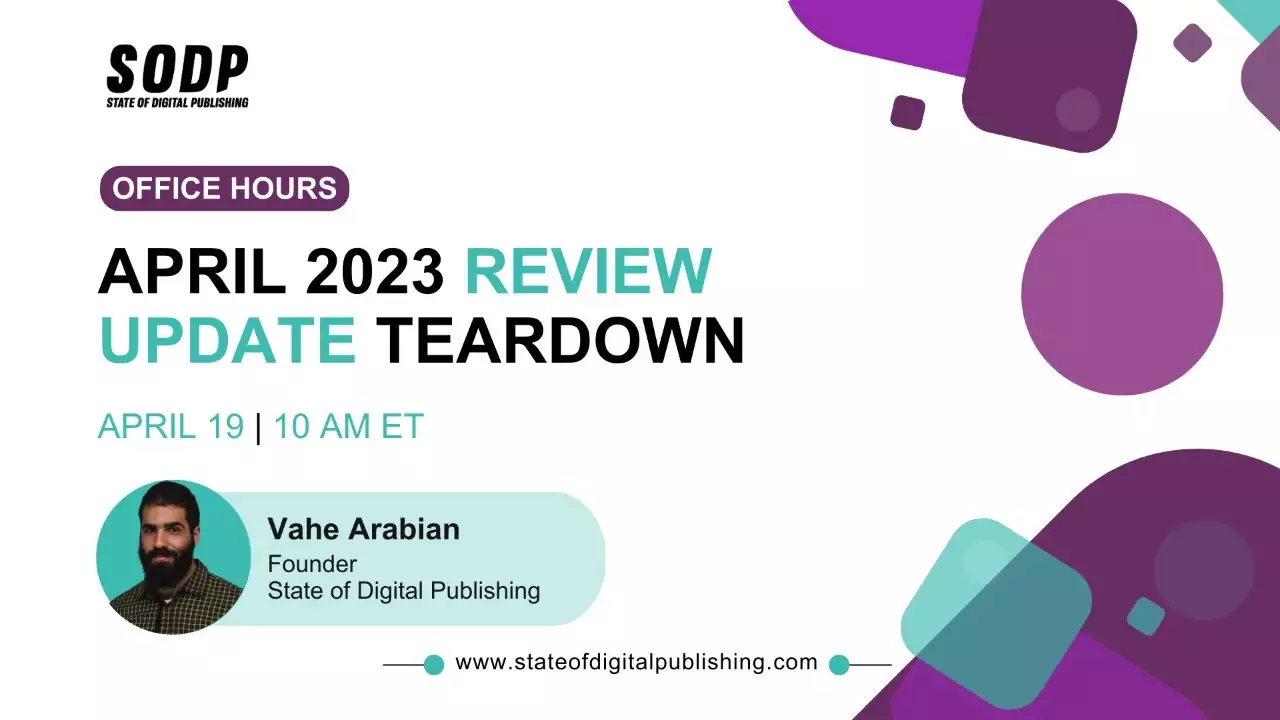Ray Kingman is CEO at Semcasting with a demonstrated history of working in the marketing and advertising industry. Skilled in Customer Acquisition, Digital Marketing, Analytics, Social Media, and Online Marketing. Strong business development professional graduated from The University of Connecticut.
As the effort to eliminate the cookie takes hold, what are the viable alternatives for brands. Campaign targeting, and programmatic measurement?
A: The deprecation of the cookie and the elimination of the IDFA device ID will put a strain on the programmatic targeting infrastructure. There are multiple alternatives being pushed forward starting with the walled gardens that have the leverage and the identity assets to compel users to make what is otherwise a fair exchange of information for access. Then, there are other methods being floated by select parties, such as pushing publishers to feed a private exchange through opt-in tagging – essentially a cookie and a form of a universal ID. There is also the tokenizing of the user ID for a select platform or service provider. The user ID is shielded but quite possibly at the wrong level of the funnel, as each path to targeting is still focused around distribution to the ID across a platform.
Is a true universal id the answer, or is a universal id essentially a re-creation of the same solution we are leaving behind?
A: The objection to the cookie and to the device ID from a privacy standpoint revolves around the concept of universality of a person’s ID. One ID for one person or one household across the entire ecosystem of programmatic advertising is a risk. While comforting to adtech as a proxy replacement for the cookie or the device identifier, it looks like a work around and quite possibly an insufficient response to the legal requirements over the long haul. I don’t believe we want to be testing the efficacy of the universal ID in court – if it comes to that.
A universal id sounds compelling but in practise does it make any sense at all for brands to once again cede control to the ad-tech platforms who are going to control transparency and access?
A: When we look at the concept of online targeting and personalization, the benefits of that action should accrue uniquely to the brands. Brands have an undeniable motivation to protect their customer assets – one of which is their identity and an ability to connect with a user in a robust and effective manner. They are also closest to the user – often with a direct relationship. A universal, or unified ID that is controlled by a platform with many brand customers suggests an exposure through distribution. It would then seem logical to empower the brands with the technical means to control their asset for their application without allowing the identity of their first-party assets to be exposed, reused or redistributed.
If not, how can brand marketers effectively create a connected/holistic view of their customers and prospects?
A: Once again, the stakeholder should be the brand. If the technical means to digitize the use of ID remains local, then the ability to measure also remains local. The brand starts from a terrestrial base of known identity – to the extent that the individual allows – and the brand can enhance those individuals with the public data and behaviors on brand properties and in public venues that provide the necessary insight for effective personalization of offers and measurement. As the sole holder of the digitized ID for their clients, they should have the capability of tracking that ID across publisher interactions and CRM actions that provide the elusive attribution all brands expect.
What are the options for the brands to create their won walled gardens? Is it the practical alternative given that the doors are closed and locked at google and facebook anyways?
A: The walled gardens were only the first step. Essentially, what the walled gardens have done is get ahead of the privacy problem by bringing their user identities “close to their chest” and not sharing. This is a protective move and completely understandable. Cutting off third-party cookies and device IDs was the next step – that may be viewed as a competitive barrier by some. Regardless, by removing the ability of the non-walled gardens to view or share those users, they are restricting access and cutting off proof of performance. Even though the programmatic ad world is a big place, the rest of us are left to find a path to adequately supply and support our brands.
If one subscribes to the idea that the brand should control their own identity assets, this should be both a technical distinction as well as a legal one. A brand should, in fact, be able to construct their own walled garden. When the asset of a unique user takes a different form across each platform and service provider, the brand remains the only true holder of the identity asset. This gives them full control and direct accountability. With no universal ID asset, the prospect of re-distribution and privacy abuse is diminished. We should be breaking the chain of custody of the user’s cookie and device ID as much as possible by making sure that the matching handshake between the brand, the media platforms and the publisher is as unique and variable as possible.
The preservation of anonymity is obviously paramount so that the brand should never copy or expose user data outside of a safe haven. Ideally, they should fully control that process. The anonymous ID that is created should be variable based on user, location and time in order to make redistribution outside the intended use.
Content from our partners
Are the walled gardens of the duopoly still as valuable to brand advertisers if they have their own data and their own access?
A: This is a determination that the brands will need to make based on their experience. We obviously are seeing a pullback for other reasons from Facebook as brands hunt for other channels – so I believe the opportunities will be there in and outside of today’s walled gardens as the business models for our industry tend to promote experimentation and performance. At the end of the day the criteria most brands value is reach, time-to-market and transparency in targeting. It isn’t always the case that reach and time-to-market happen in onboarding, and transparency is a problem only made worse by the duopoly. To the extent that they can, I believe brands will explore all options and, like many markets, change will happen from the bottom up – smaller players will have success with other solutions and the world will adapt and adopt. Brands are still pretty merit-based in that way, and adtech has no choice but to comply with what works.












